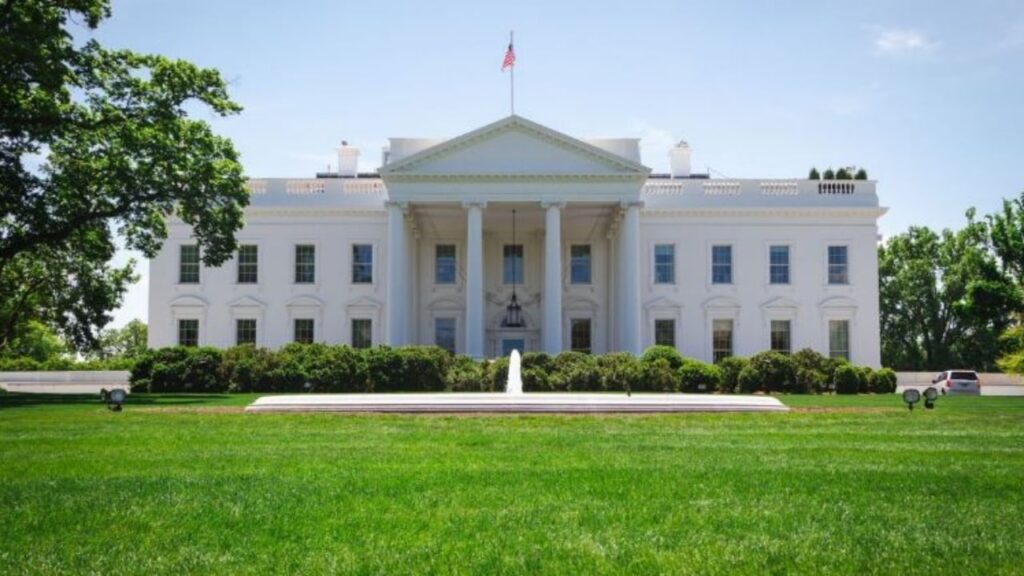President Joe Biden's recent executive order on AI sets a historic precedent, aiming to regulate and standardize the rapidly evolving technology landscape. Delve into the implications of this directive and its potential impact on the government's approach to AI governance and security.
Introduction:
In a significant move towards regulating and managing the ever-expanding realm of artificial intelligence (AI), President Joe Biden has unveiled a groundbreaking executive order designed to establish comprehensive standards and protocols governing the use and development of AI technologies. This bold step marks a pivotal moment in the global conversation surrounding the responsible integration and regulation of advanced technological systems, potentially sparking a nuanced debate between the White House and Congress. By addressing a myriad of pressing concerns, including algorithmic discrimination, cybersecurity, and data privacy, the executive order signifies the administration's commitment to fostering a secure and equitable AI landscape for future generations. Let's delve into the intricacies of this transformative directive and its potential implications for the broader AI ecosystem.
Establishing Robust Regulations: A Paradigm Shift in AI Governance
President Biden's comprehensive executive order on AI heralds a paradigm shift in the governance and oversight of AI technologies within the United States. With a clear focus on establishing stringent regulations, the order seeks to lay the groundwork for a secure and ethically driven AI environment. Addressing multifaceted challenges, the directive aims to curtail potential risks associated with the proliferation of advanced AI models, thereby safeguarding against algorithmic biases, cybersecurity breaches, and data privacy infringements.
Furthermore, the executive order underscores the imperative for federal agencies to actively deploy AI solutions while prioritizing the elimination of potential biases. To ensure the integrity of AI-generated content, developers working on larger AI models will be required to adhere to newly introduced security guidelines. These measures are set to redefine the contours of AI development and deployment, fostering a culture of responsible innovation and technological progress within the federal landscape.

White House's Vision for AI Security and Trust
Emphasizing the criticality of AI security and trust, Bruce Reed, the president's deputy chief of staff for policy, lauded the executive order as a groundbreaking milestone in the realm of AI governance. Acknowledging the significance of this directive, Reed affirmed its position as the most robust and comprehensive set of actions ever taken by any government to ensure the security and trustworthiness of AI technologies. The emphasis on security and trust not only underscores the administration's commitment to safeguarding the interests of the populace but also highlights its proactive approach to fostering an environment of transparency and accountability within the AI domain.
Potential Implications and Congressional Response
While the executive order sets the stage for a holistic approach to AI governance, it is anticipated to evoke varying responses from different quarters, particularly from Congress. Despite the imperative nature of the directive, its alignment with existing legislative frameworks and the broader political discourse remains a subject of conjecture. Senate Majority Leader Chuck Schumer's silence on the order, coupled with his recent call for increased federal investment in preemptive AI risk management, hints at potential divergences in opinion and approach between the executive and legislative branches of the government.
In Conclusion:
President Joe Biden's historic executive order on AI represents a landmark step in fortifying the regulatory framework surrounding advanced technological applications. With its robust provisions and emphasis on security and trust, the order signals the administration's proactive stance in mitigating potential risks and fostering an environment conducive to responsible AI innovation. As the implications of this directive continue to unfold, its impact on the broader technological landscape and the dynamics between the executive and legislative branches will undoubtedly shape the trajectory of AI governance for years to come.


Comments